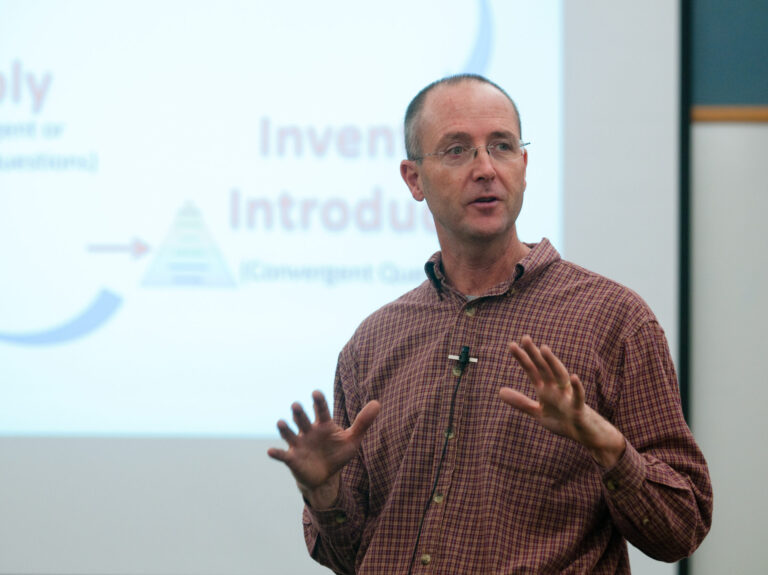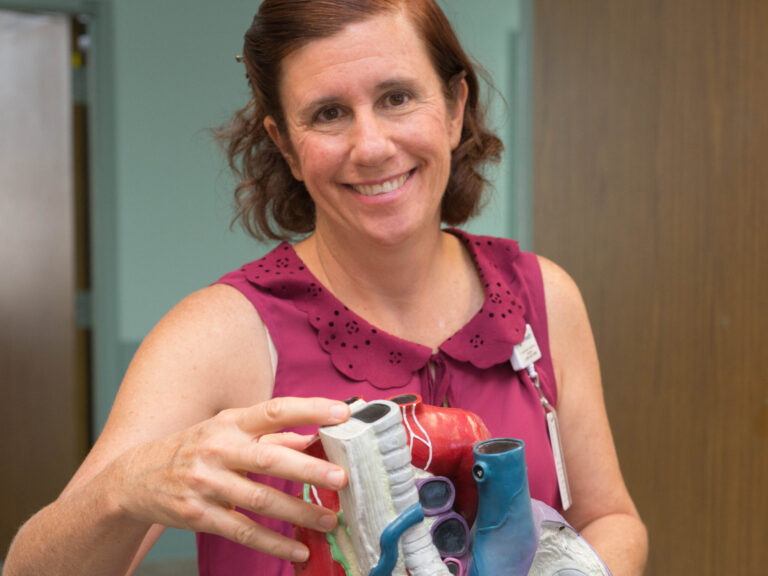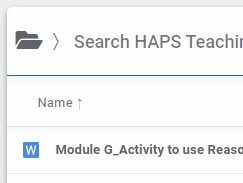Teaching by Inquiry: A Long and Winding Road

I work with many excellent teachers with years of experience helping high school students learn human physiology. All use guided inquiry, cooperative group learning, and weekly cooperative quizzes – these are teaching practices I require in my dual enrollment program…


